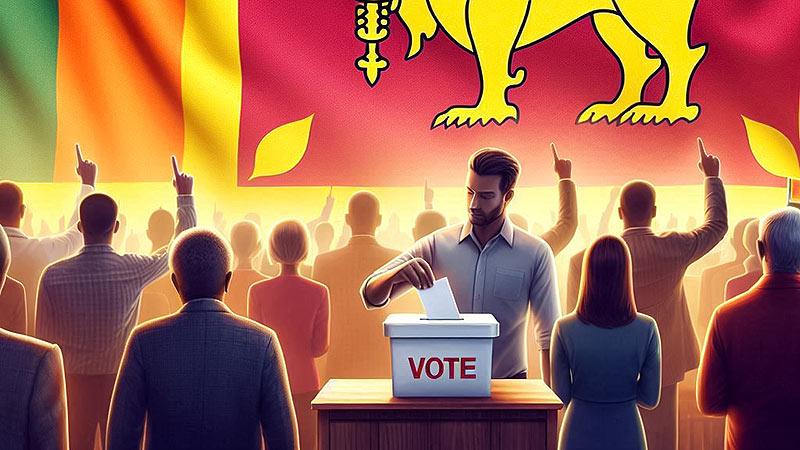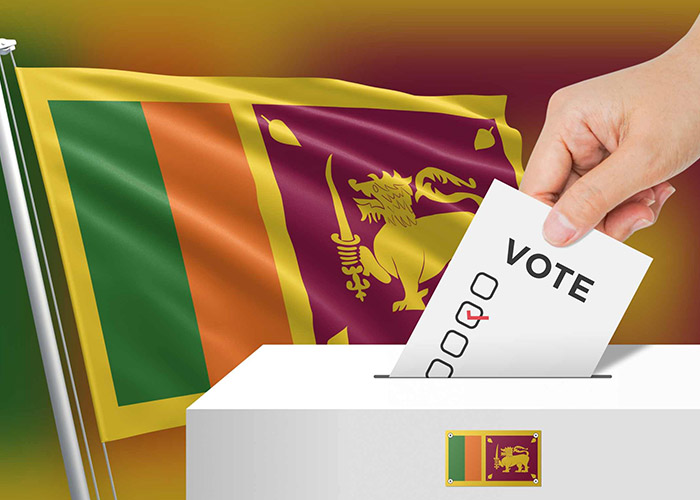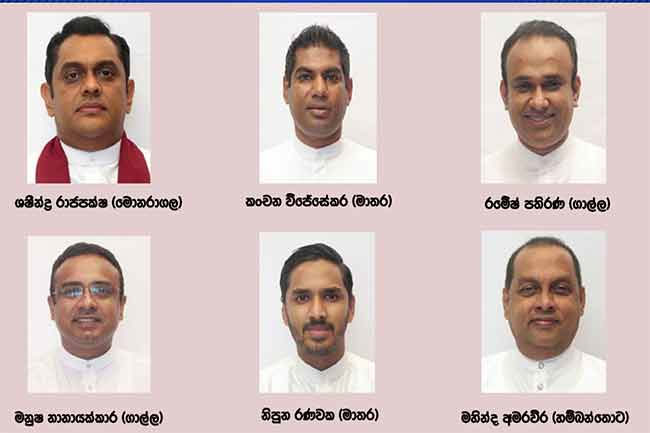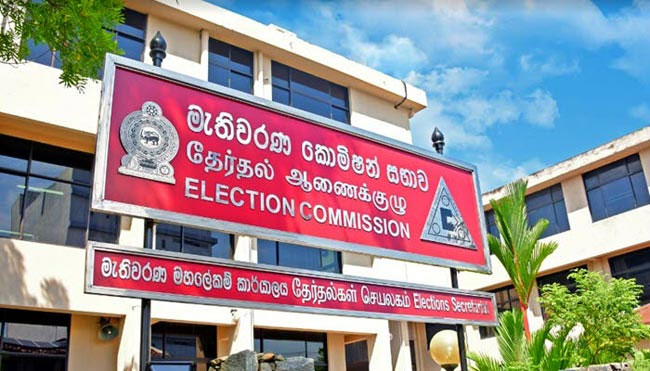The NFL players' union is inquiring why Monday's Patriots-Cardinals game in Arizona was not immediately stopped when New England's DeVante Parker showed concussion symptoms, ESPN reports.
Parker, a 29-year-old wide receiver, appeared wobbly following a first-half hit, but the game was not stopped until fellow Patriots receiver Nelson Agholor signaled to officials.
A NFLPA spokesman did not immediately respond to DailyMail.com's request for confirmation.
Worst & best of #concussions in the #NFL here.
DeVante Parker shows clear "no-go" signs after a head hit. Everyone (spotter, coaches, refs) pretends they didn't see it- EXCEPT teammate Nelson Agholor, who tries to stop the next play. Teammate of the Year! pic.twitter.com/XVAmqE7YRV
The NFL players' union is inquiring why Monday's Patriots-Cardinals game in Arizona was not immediately stopped when New England's DeVante Parker showed concussion symptoms
On Tuesday, Parker called out the NFL on Instagram: 'Get on yalls f***in jobs @NFL.
'Thankful my brother was aware of the situation @Nelsonagholor_15.'
The Patriots (7-6) won the game, 27-13.
Chris Nowinski, a neuroscientist and former wrestler who has criticized the NFL's handling of concussions, tweeted that the play showed the 'Worst & best of #concussions in the #NFL.'
'DeVante Parker shows clear ''no-go'' signs after a head hit,' wrote Nowinski. 'Everyone (spotter, coaches, refs) pretends they didn't see it- EXCEPT teammate Nelson Agholor, who tries to stop the next play. Teammate of the Year!'
Parker had chunks of turf sticking out from his facemask following his apparent injury
The NFL has concussion spotters – certified athletic trainers – who are tasked with watching play on the field and the broadcast feed to find potential head trauma. When such a situation arises, the spotter can relay details to the team's bench area.
Since 2015, those spotters have had the power to stop a game if there is clear visual evidence of two specific things: A clearly unstable or disoriented player, or a player who is attempting to remain on the field by refusing to be attended to by medical staff.
The NFL's concussion spotters have been under the microscope this year following a September 25 game in which Miami Dolphins quarterback Tua Tagovailoa remained in a game against the Buffalo Bills despite stumbling and showing signs of a concussion.
Tagovailoa told the Dolphins physician that he stumbled due to ankle and back injuries. He was cleared to play the next week, when he did suffer a concussion against the Cincinnati Bengals.
The league and union have since reviewed the process that cleared Tagovailoa, and one of the league's unaffiliated neurotrauma consultants was fired as a result.
Both the NFL and NFLPA have since agreed to add ataxia to the list of head trauma symptoms that can disqualify a player.
'Ataxia' is defined as abnormality of balance/stability, motor coordination or dysfunctional speech caused by a neurological issue,' read a joint statement. 'In other words, if a player is diagnosed with 'ataxia' by any club or neutral physician involved in the application of the Concussion Protocol, he will be prohibited from returning to the game, and will receive the follow-up care required by the Protocol.'
Officials did not immediately recognize that Parker suffered an apparent injury on the play

















 English (United States) ·
English (United States) ·